“Solo · Exhibition · Twice II: Of Seeing” is the second joint exhibition by Yeung Tong Lung and Sze Yuen since 1995. The exhibition includes Yeung’s recent oil paintings, and Sze’s charcoal works and oil paintings from the past decade to the present. Yeung Tong Lung is known for his large-scale figurative paintings, characterized by vibrant colors, vivid contrasts, and collagesque compositions that connect multiple spaces, different characters, and narratives on the same plane. Sze Yuen’s creations have always adhered to a horizontal scroll format, with most of her works displaying muted color tones, imbued with a deep sense of uncertainty and instability in terms of location, space, time, and subjects. While their artistic styles diverge greatly, their works are connected by the shared experience of the city they live in, displaying warmth and care for “home” throughout, alongside an acute social awareness. “Solo · Exhibition · Twice II: Of Seeing” reflects the artists’ deep and unhurried contemplation on the act and process of “looking at paintings”, through the making of painting, the display of painting, and the interaction between paintings (and the artists). It may not necessarily reach a destination, but it unfolds as an intimate dialogue between the two.
Solo · Exhibition · Twice II: Of Seeing
Solo · Exhibition · Twice II: Of Seeing
12 Sep 2023 - 04 Nov 2023
Artworks (29)
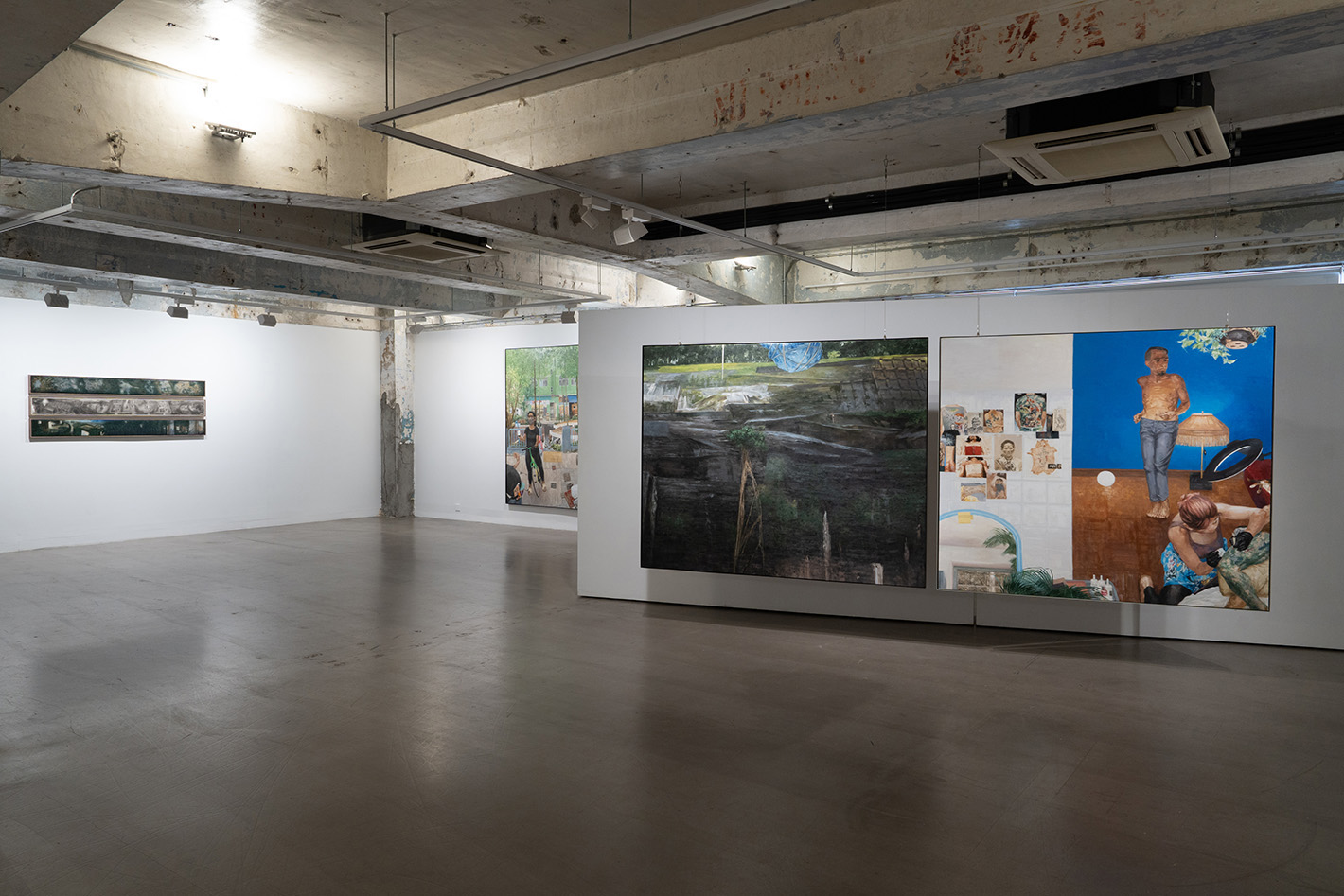
Installation view
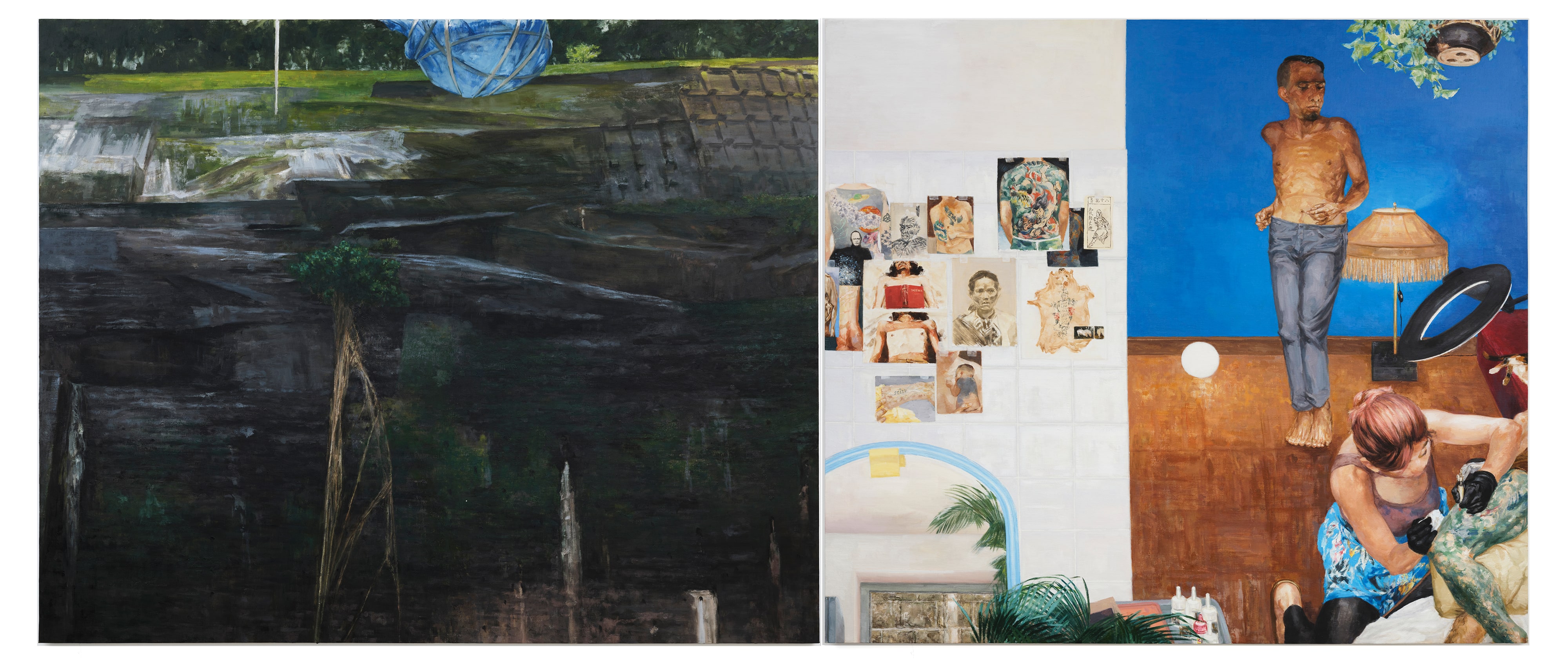
Yeung Tong Lung
Tattoo House
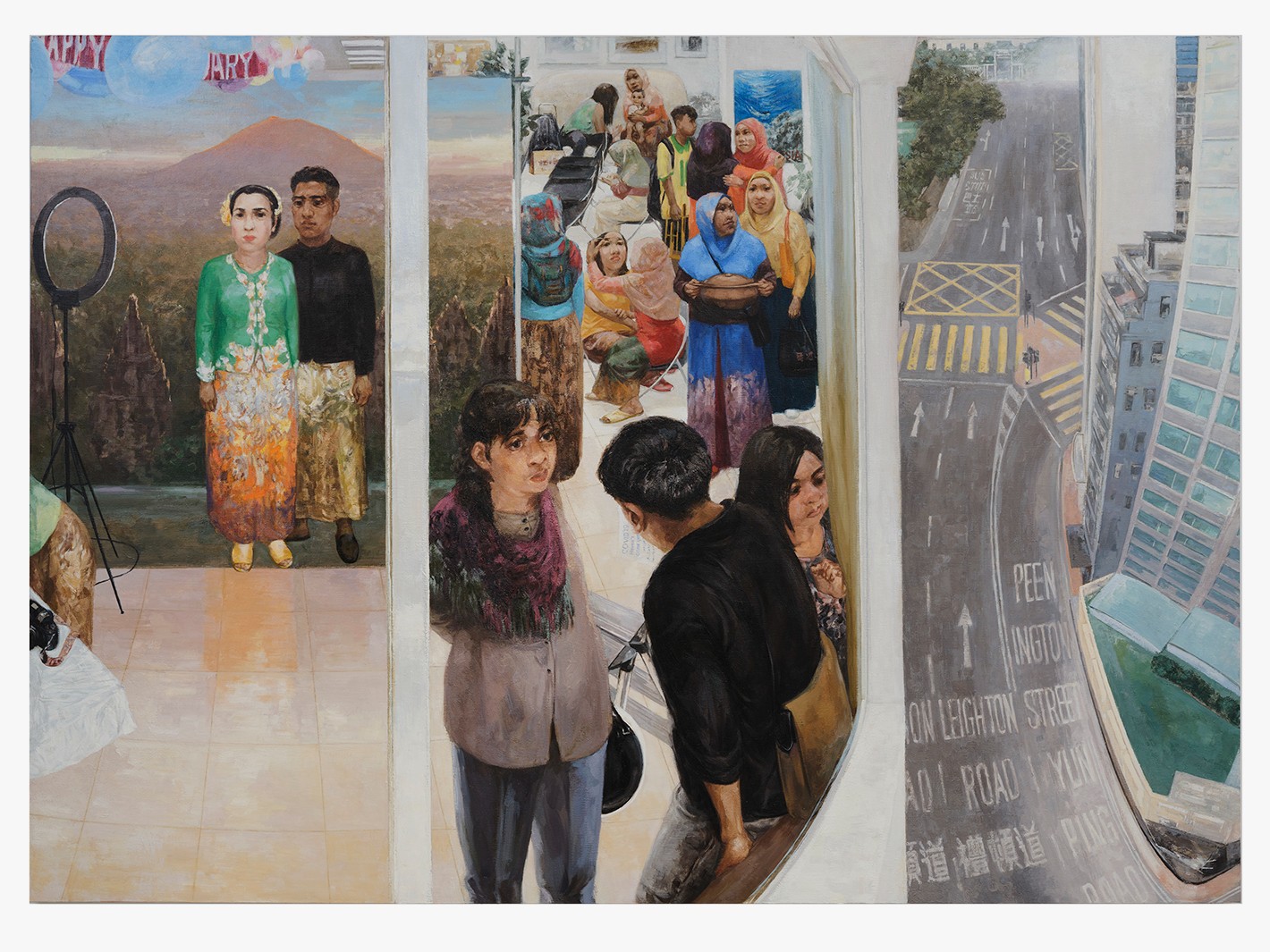
Yeung Tong Lung
Indonesia Building
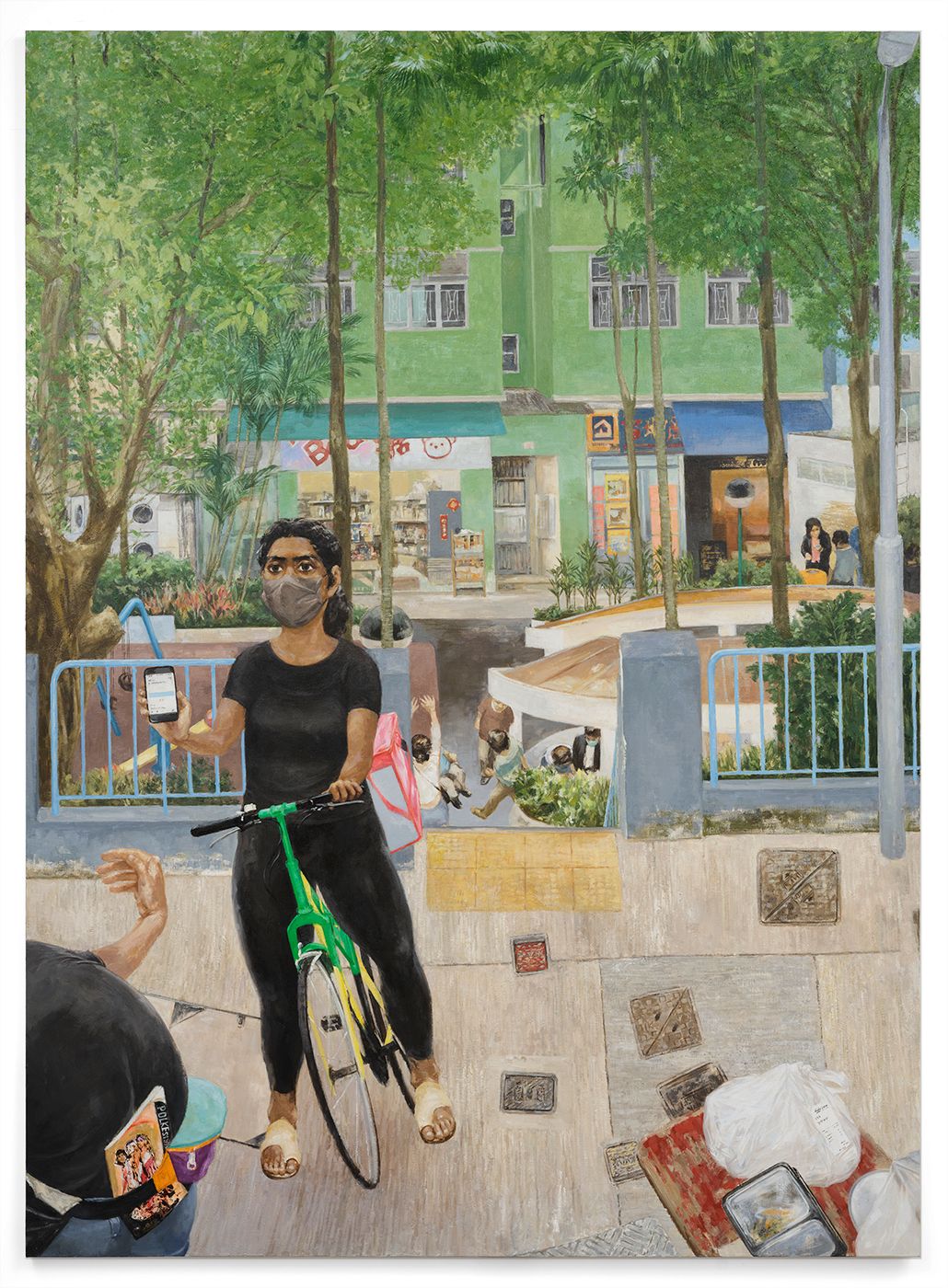
Yeung Tong Lung
Whitty Street Fo Jeng (Gas Tank) Huǒ Jǐng
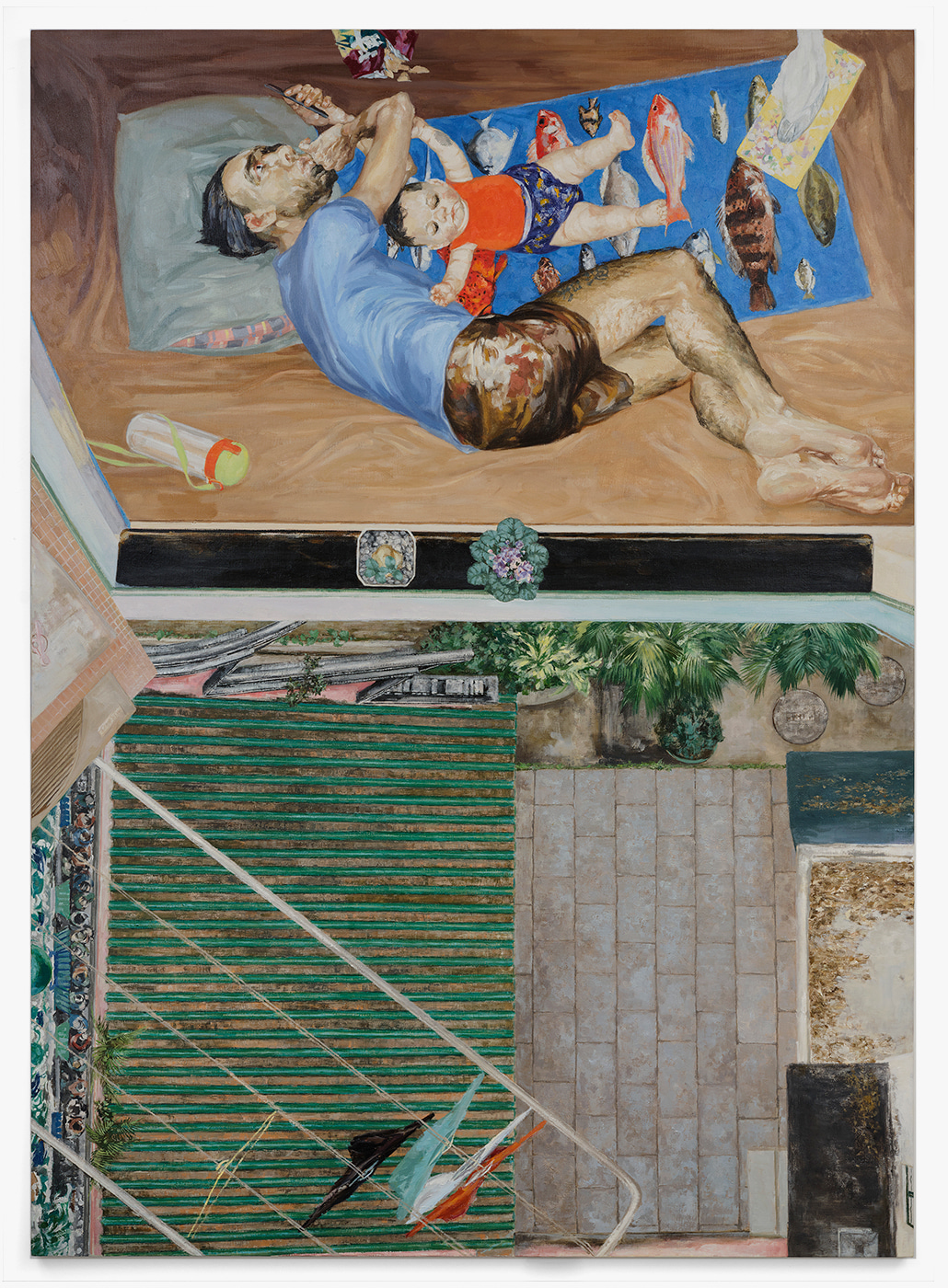
Yeung Tong Lung
Ching Lin Terrace
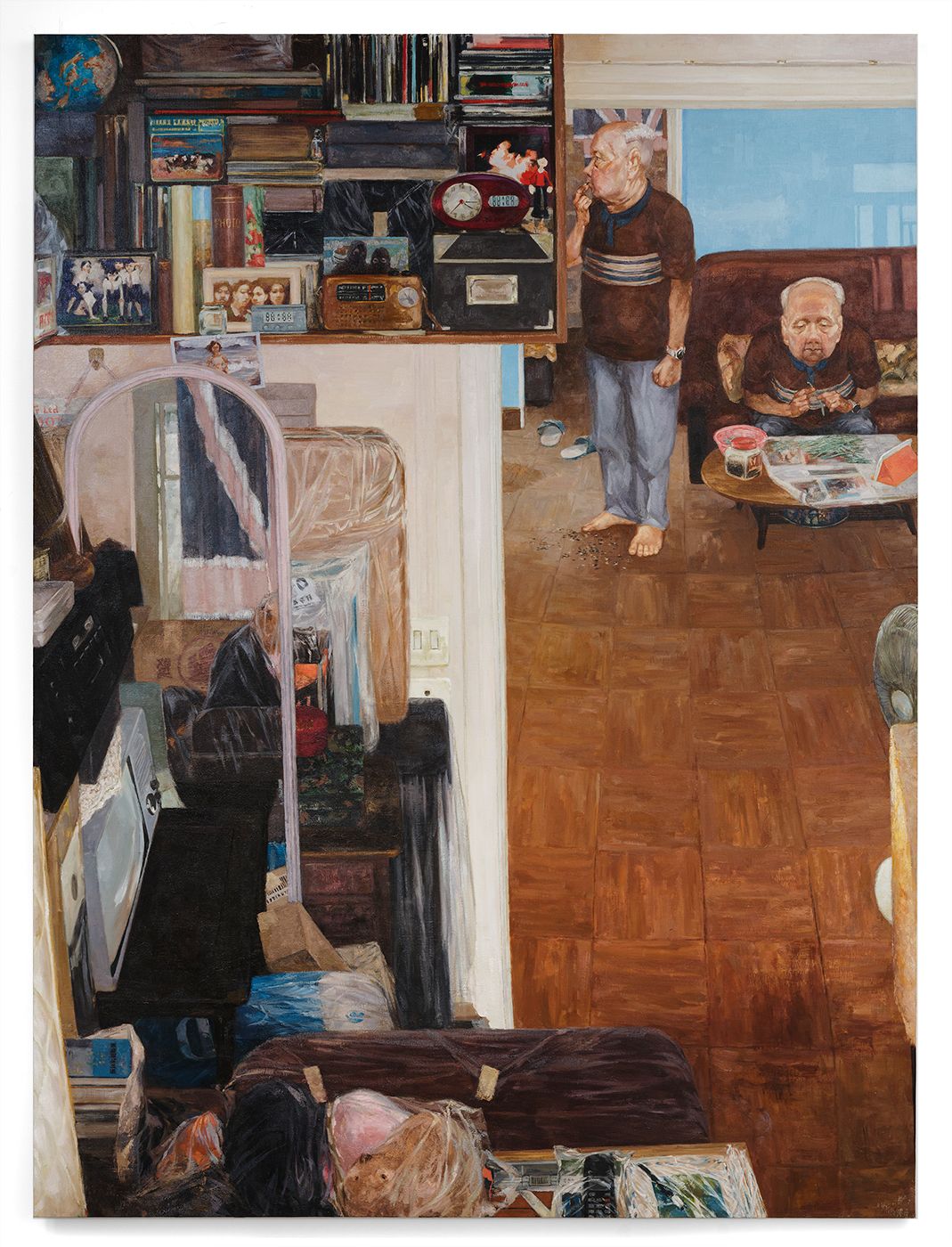
Yeung Tong Lung
Today should be......Joyous
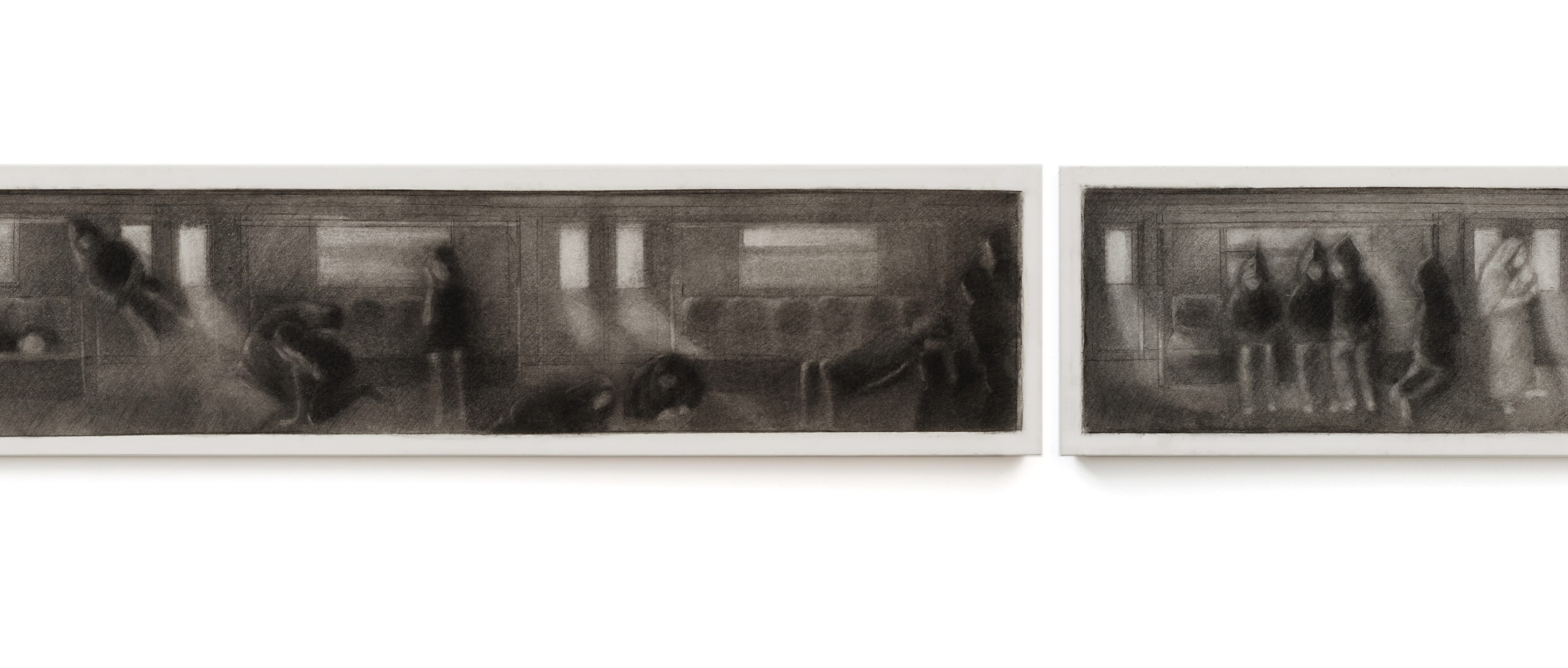
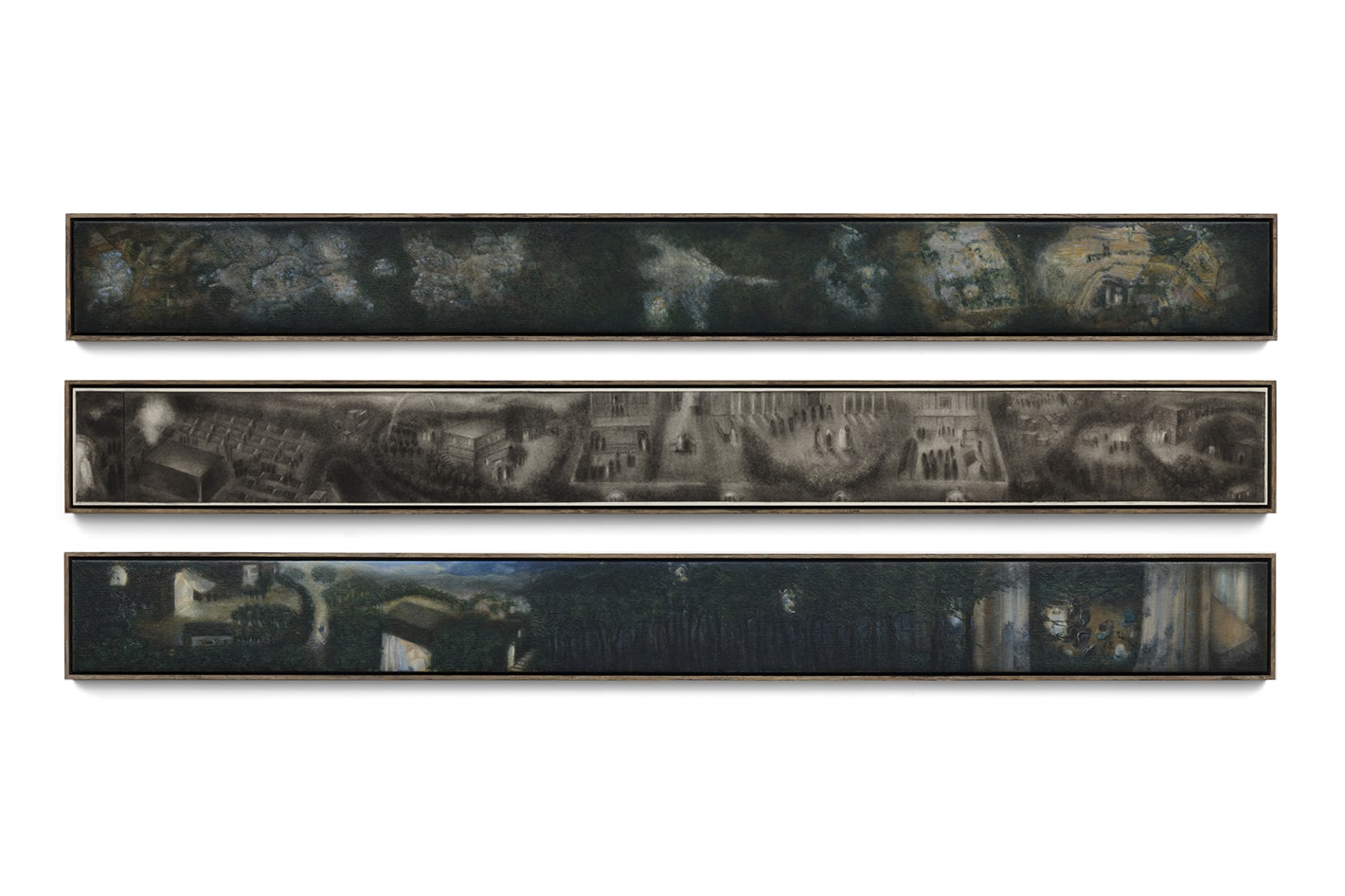
Sze Yuen
Trip II: Mind Trip

Sze Yuen
City View IV: Day Night

Installation view

Installation view
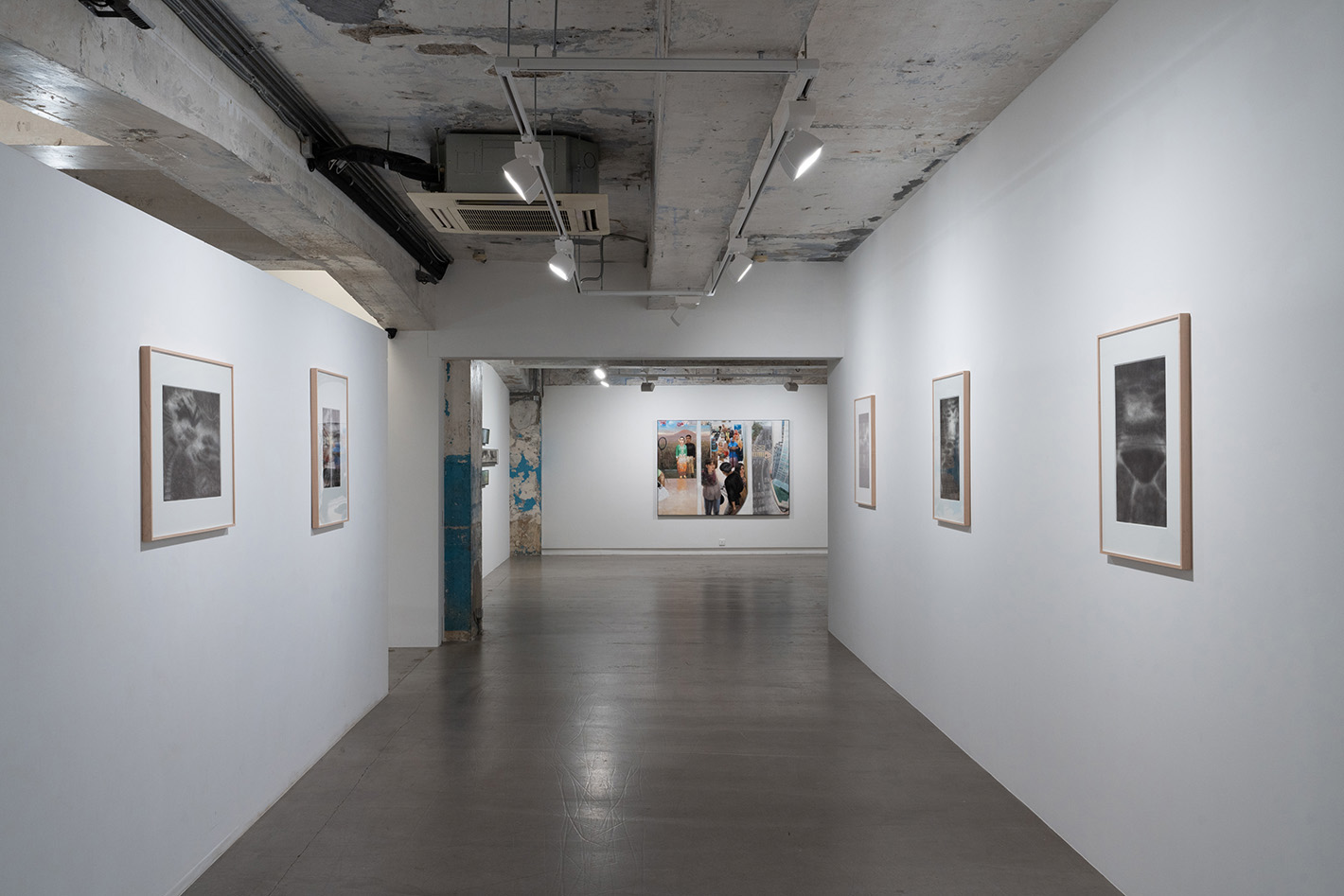
Installation view
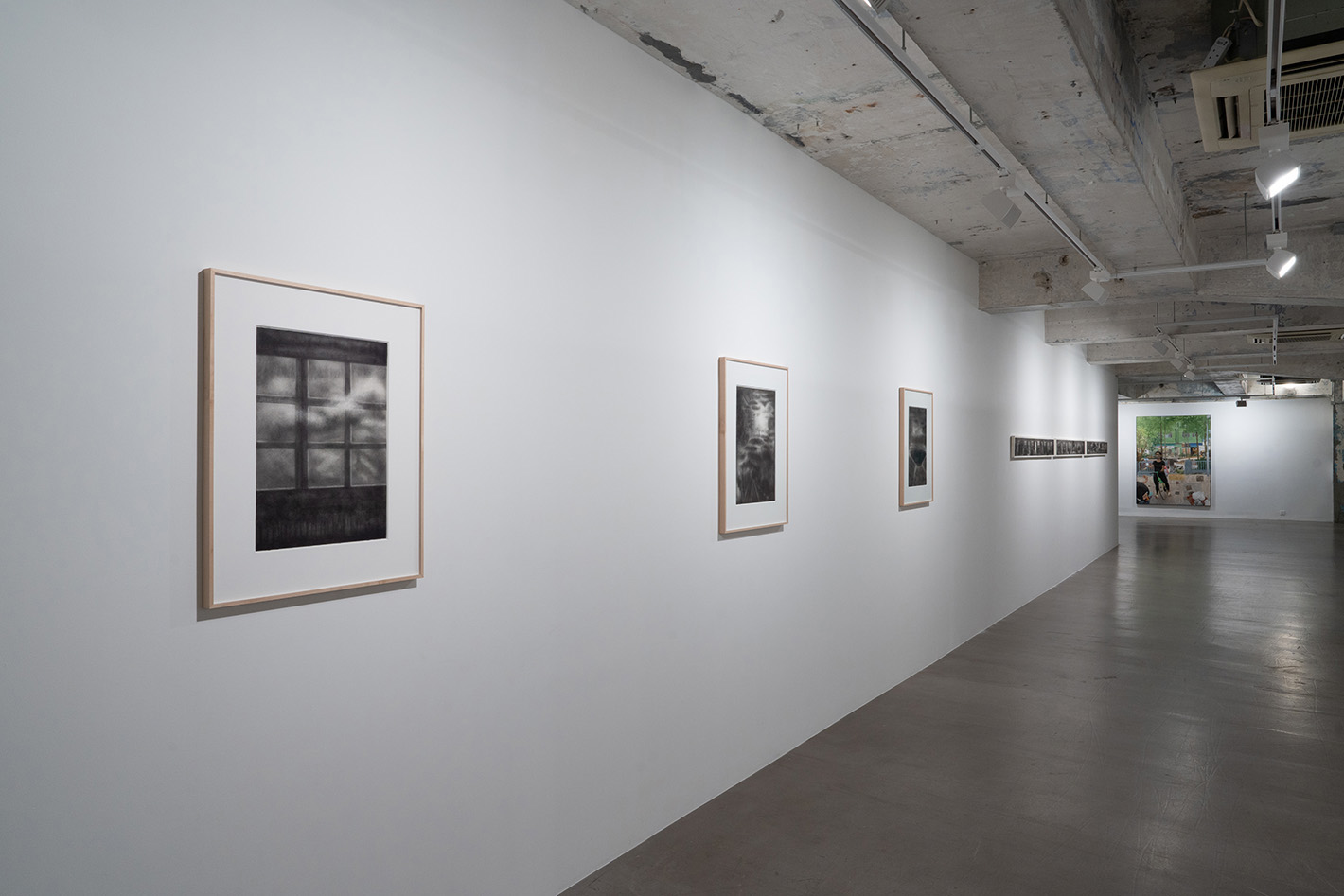
Installation view
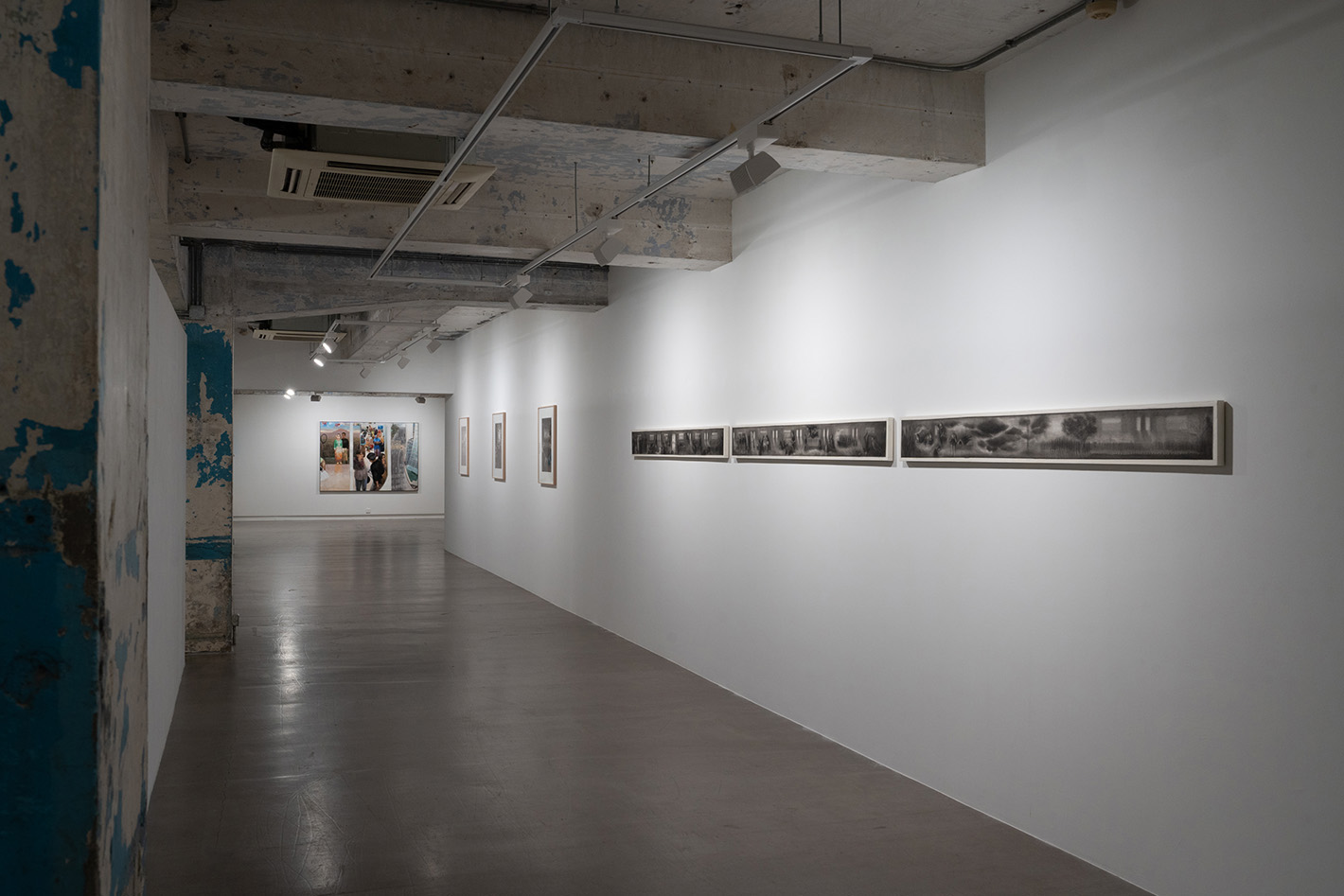
Installation view

Yeung Tong Lung
Tattoo House
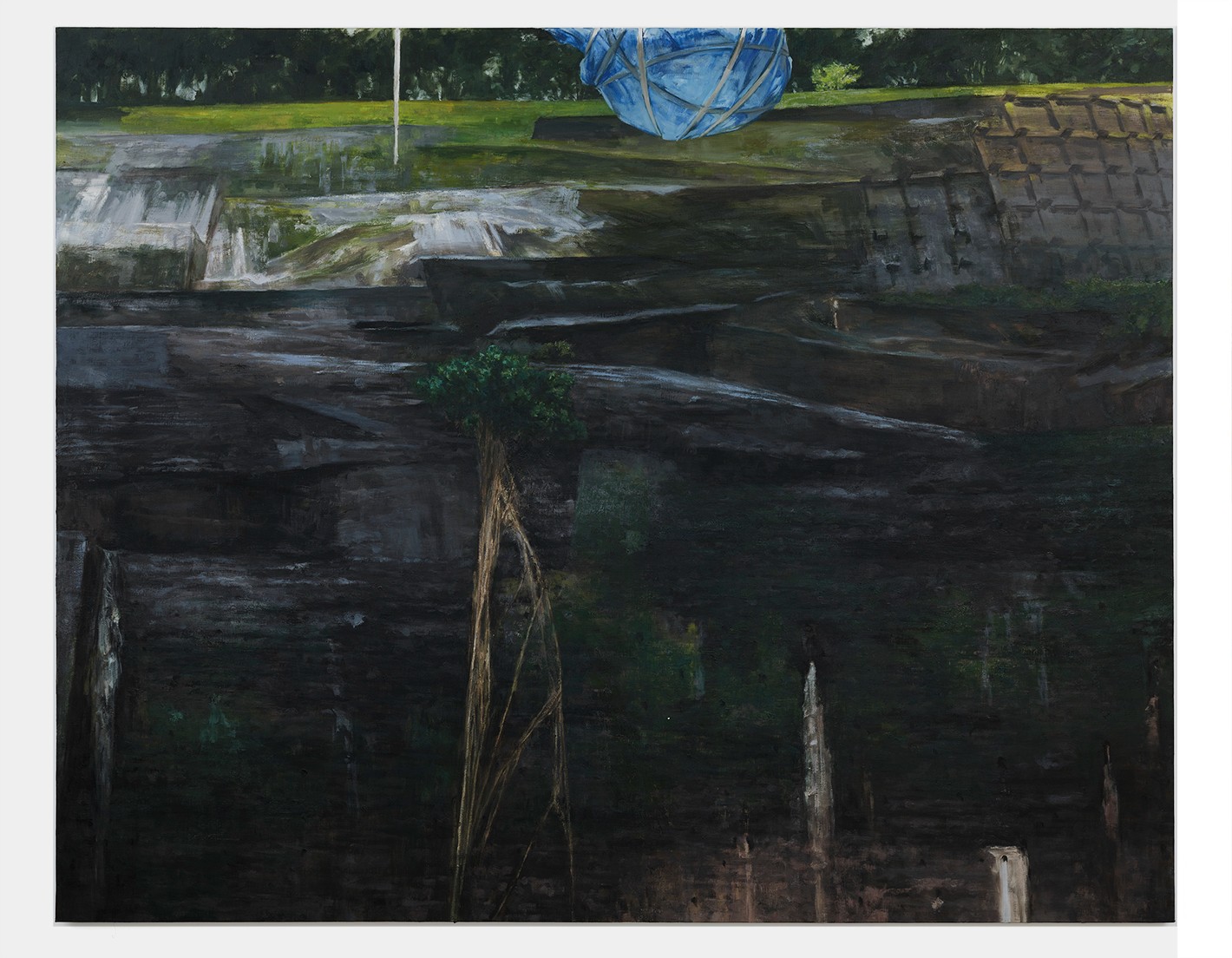
Yeung Tong Lung
Tattoo House (Left)
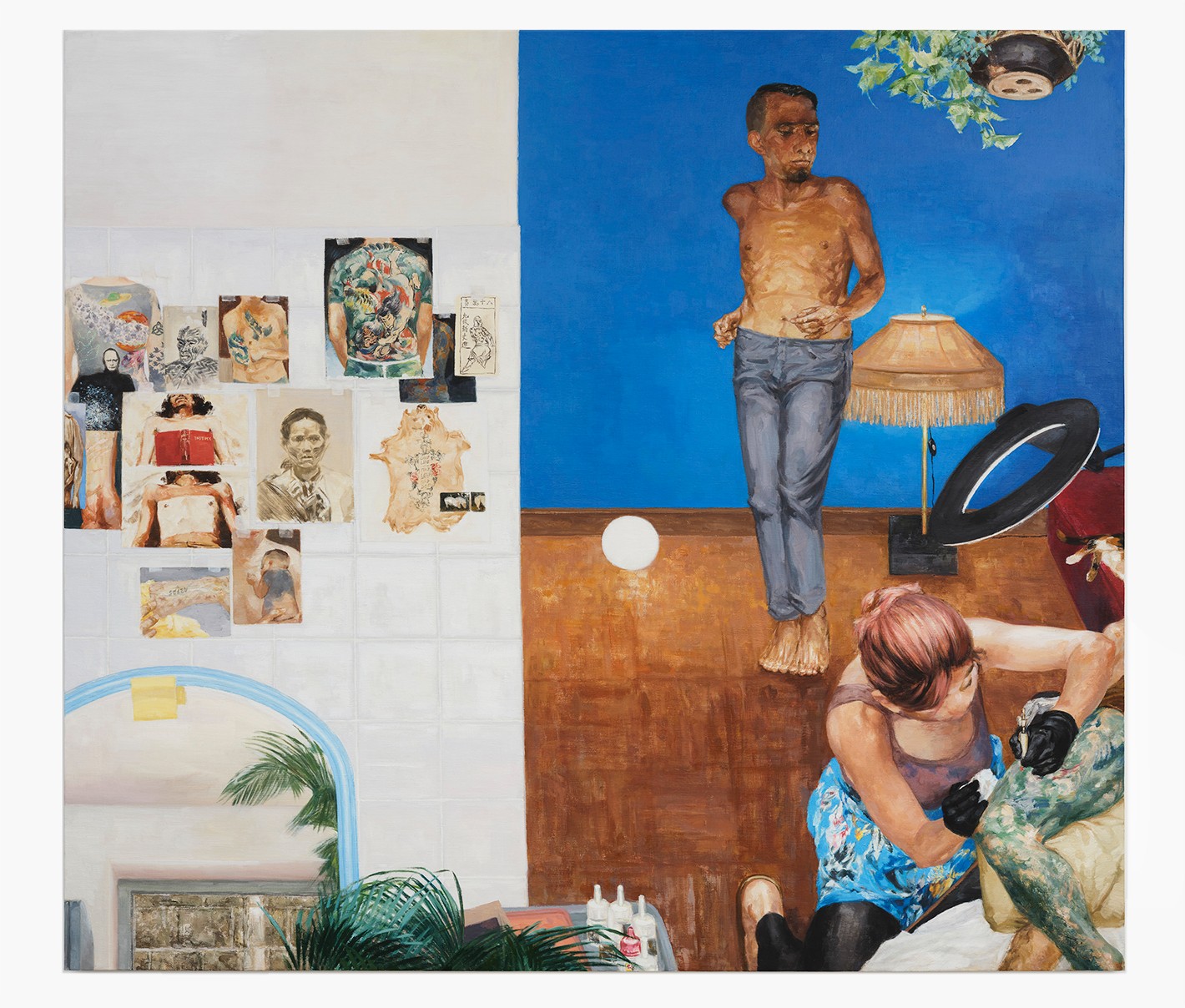
Yeung Tong Lung
Tattoo House (Right)
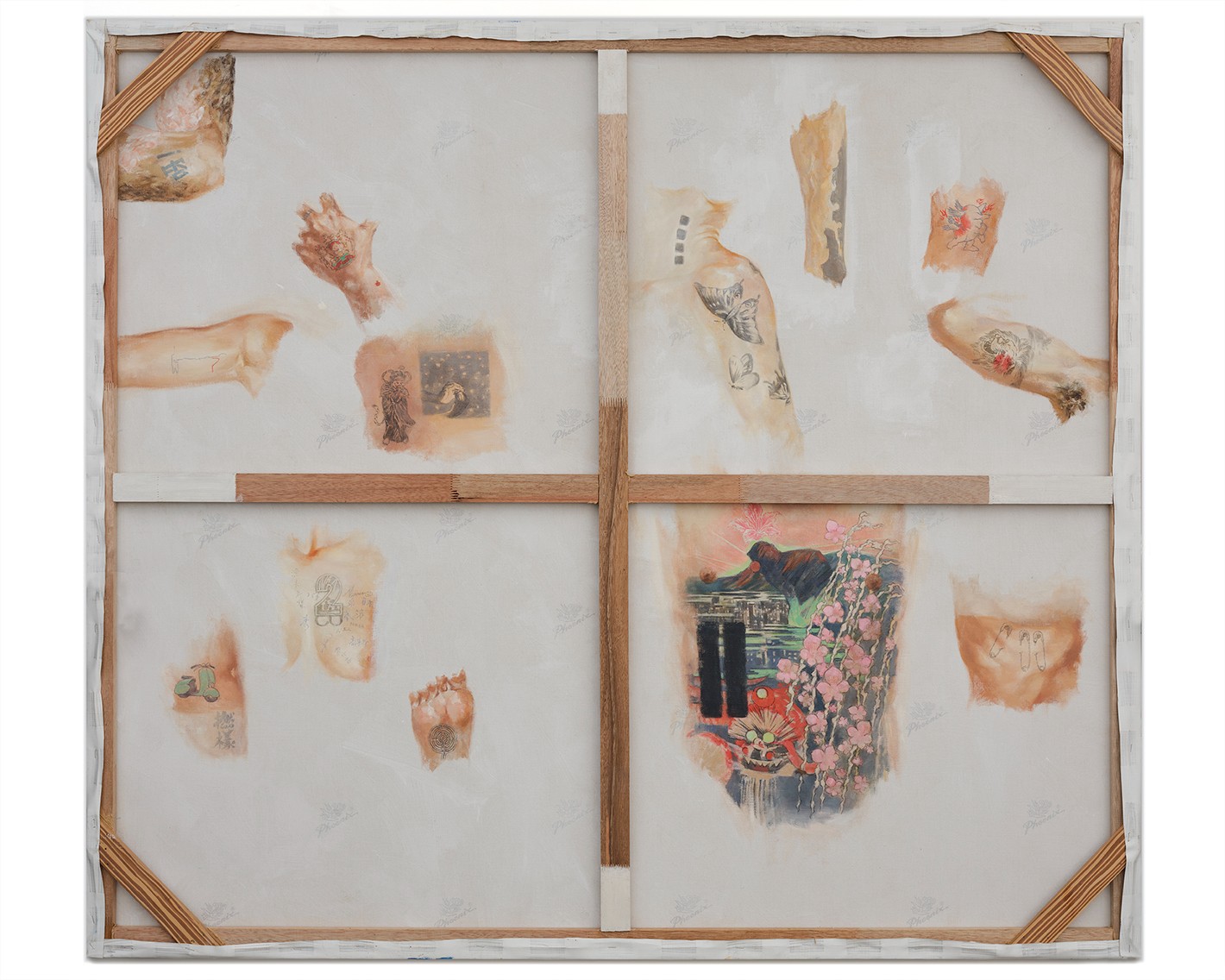
Yeung Tong Lung
Tattoo House (Back)

Yeung Tong Lung
Indonesia Building

Yeung Tong Lung
Whitty Street Fo Jeng (Gas Tank) Huǒ Jǐng

Yeung Tong Lung
Ching Lin Terrace

Yeung Tong Lung
Today should be......Joyous
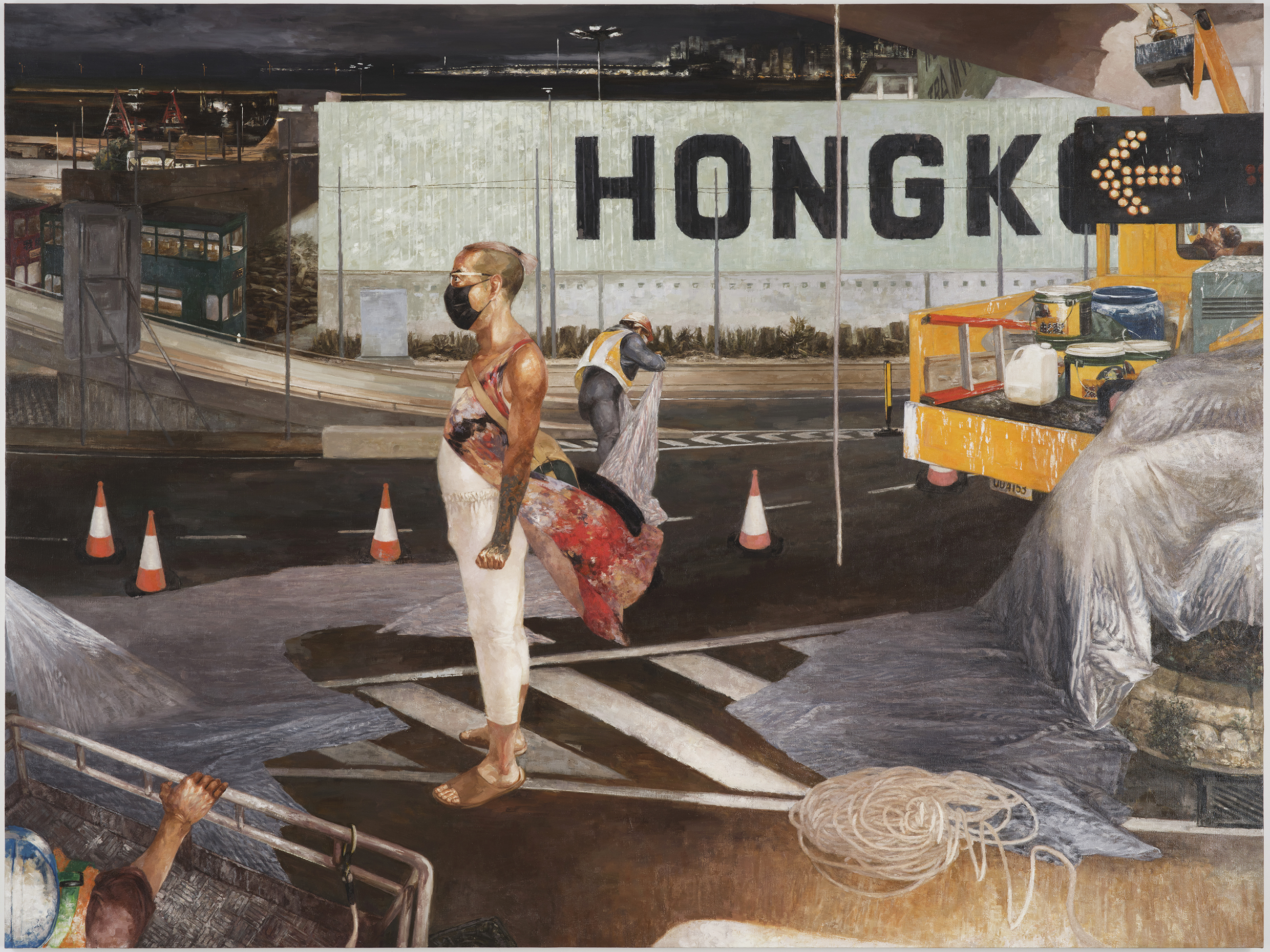
Yeung Tong Lung
Night Shift

Sze Yuen
Trip I: Journey
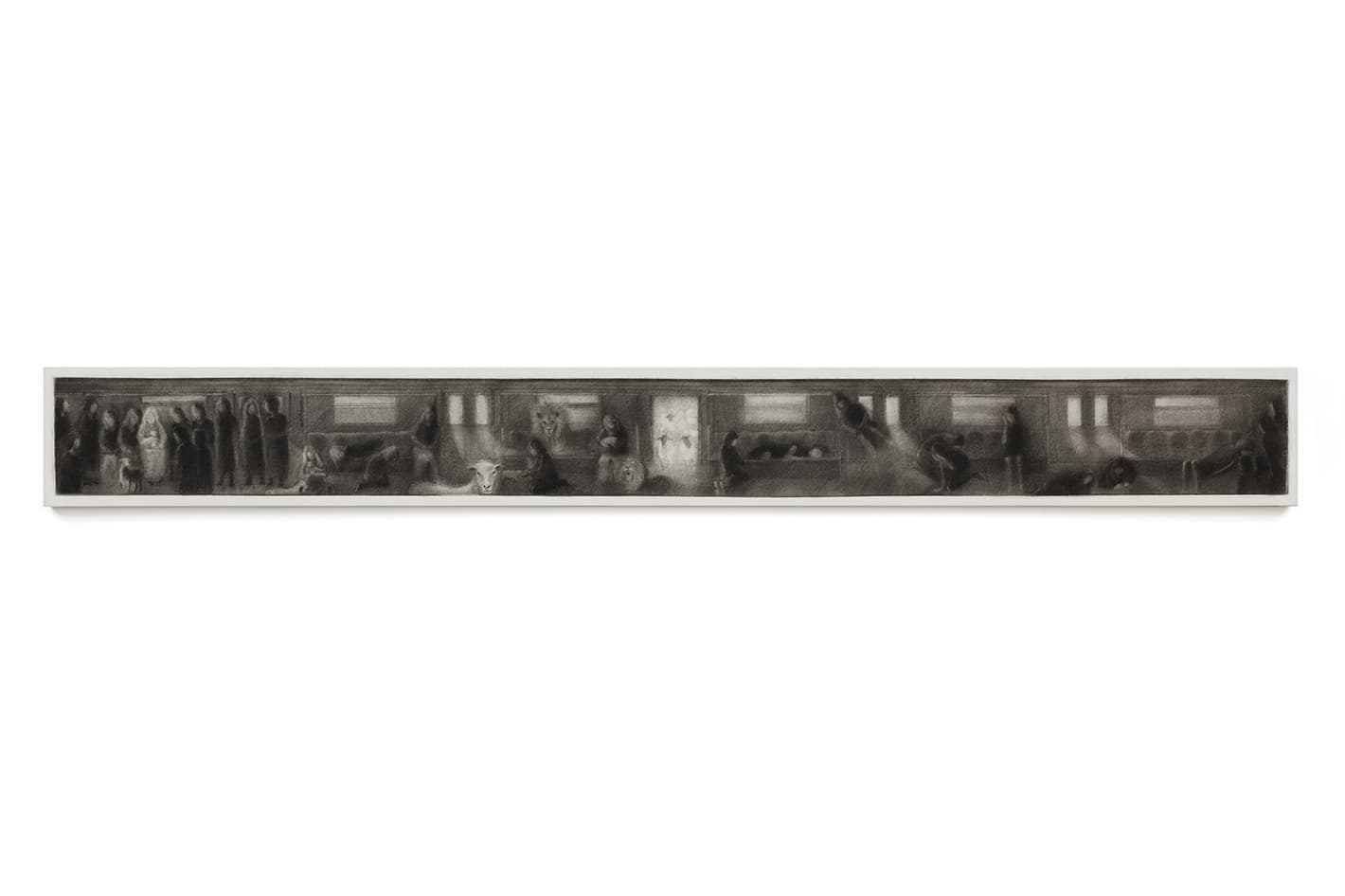
Sze Yuen
Trip I: Journey (left)
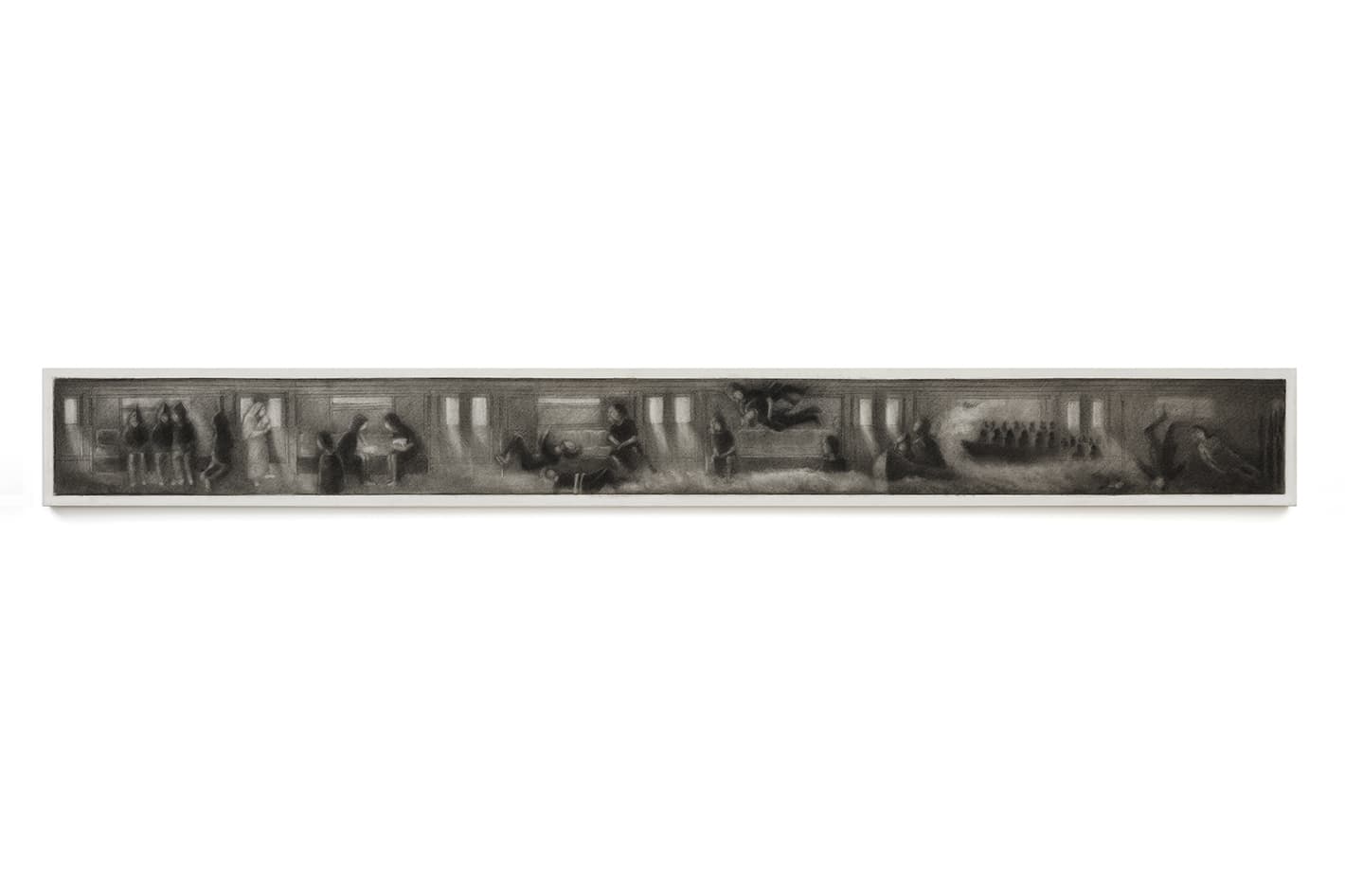
Sze Yuen
Trip I: Journey (centre)
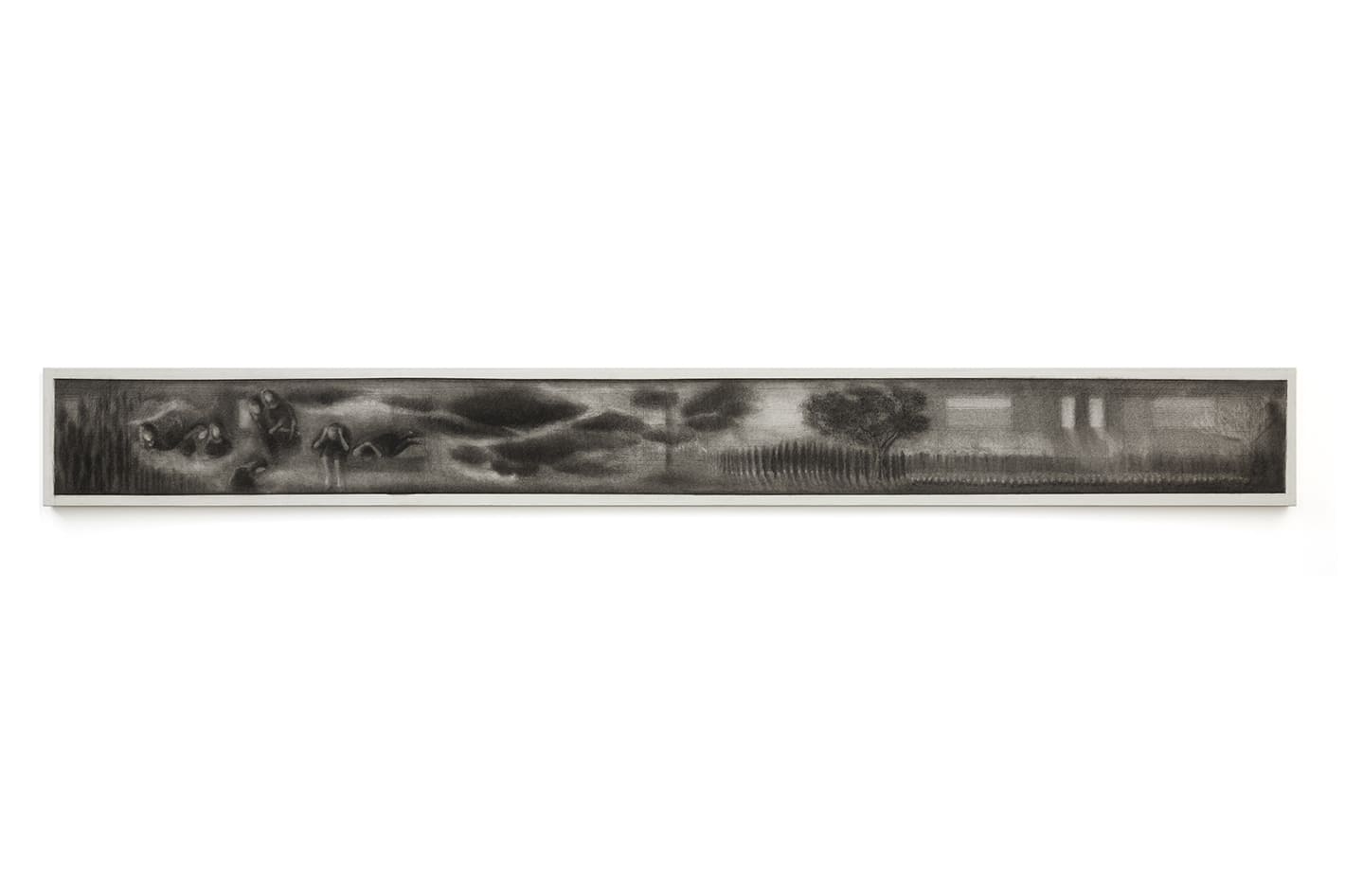
Sze Yuen
Trip I: Journey (right)


Sze Yuen
Trip II: Mind Trip
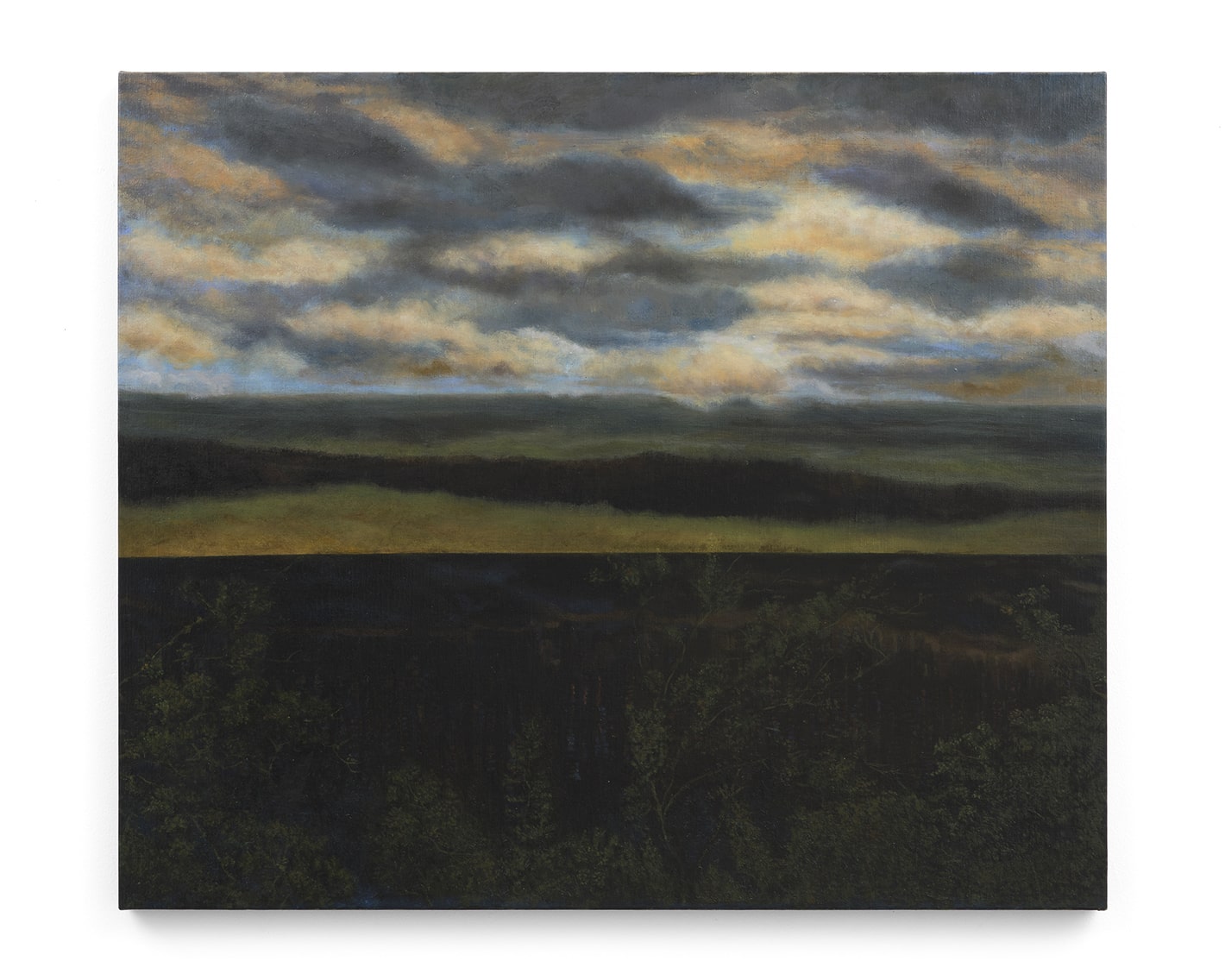
Sze Yuen
City View I: C Island
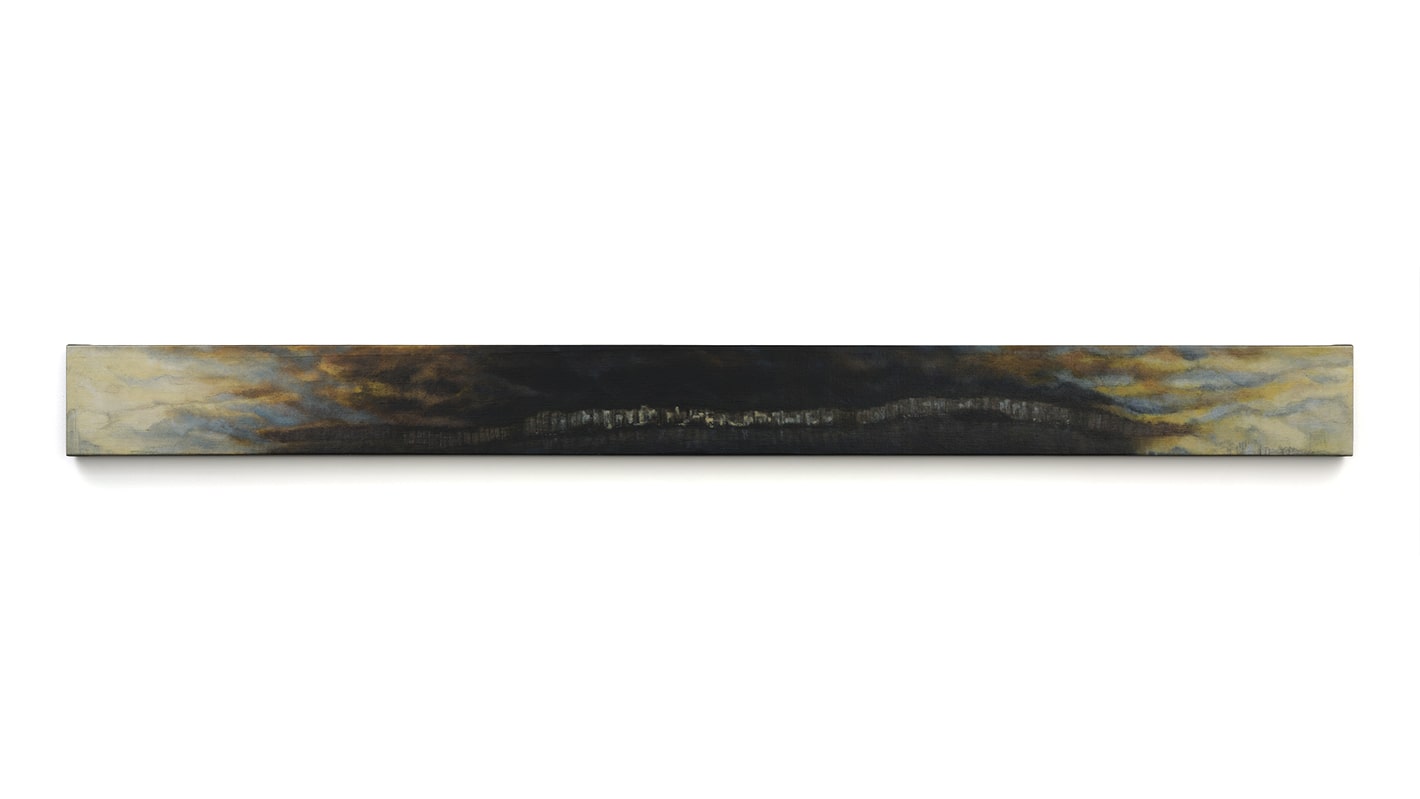
Sze Yuen
City View II: View Horizontally

Sze Yuen
City View IV: Day Night
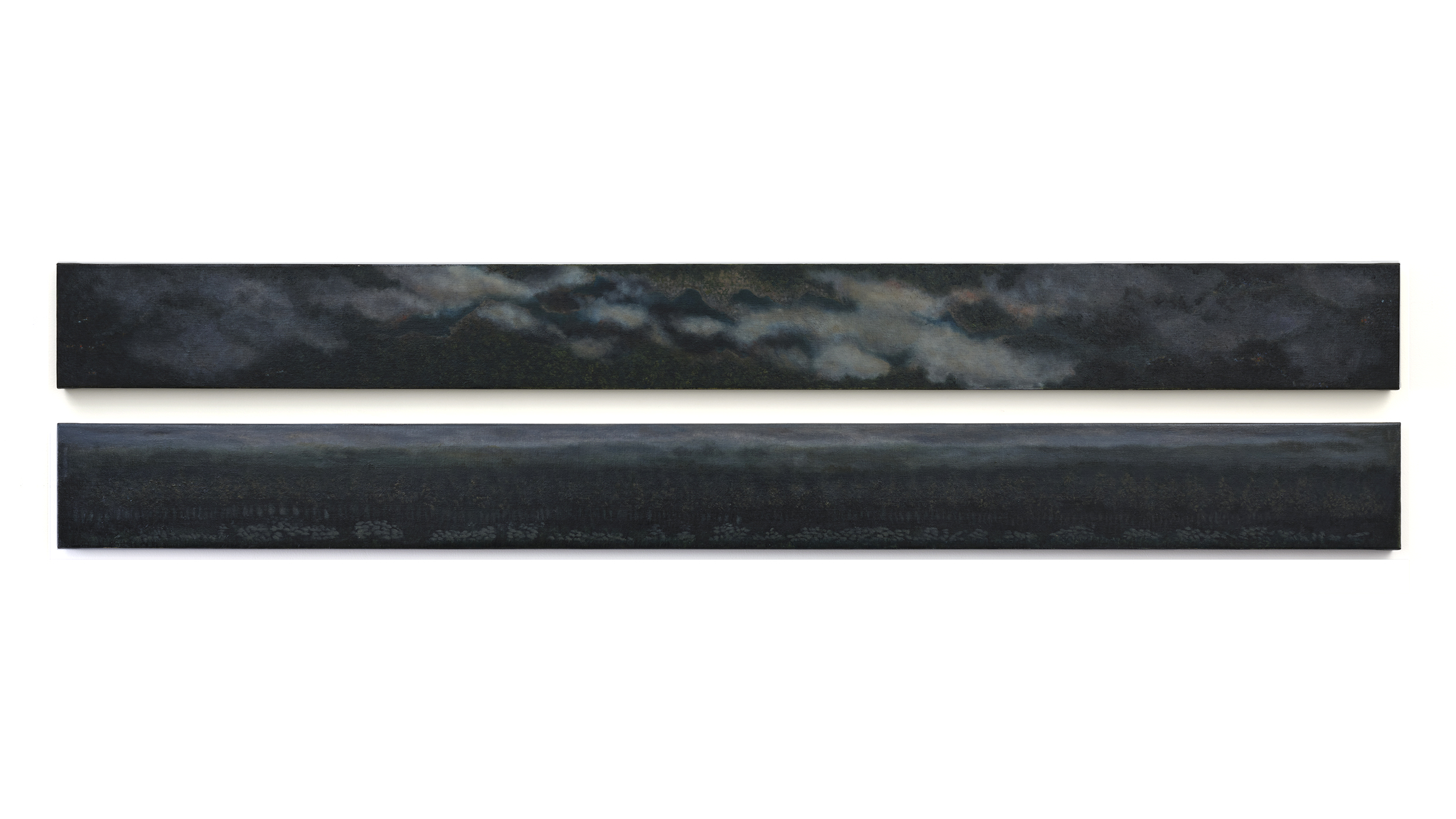
Sze Yuen
City View III: A Moment of Mood
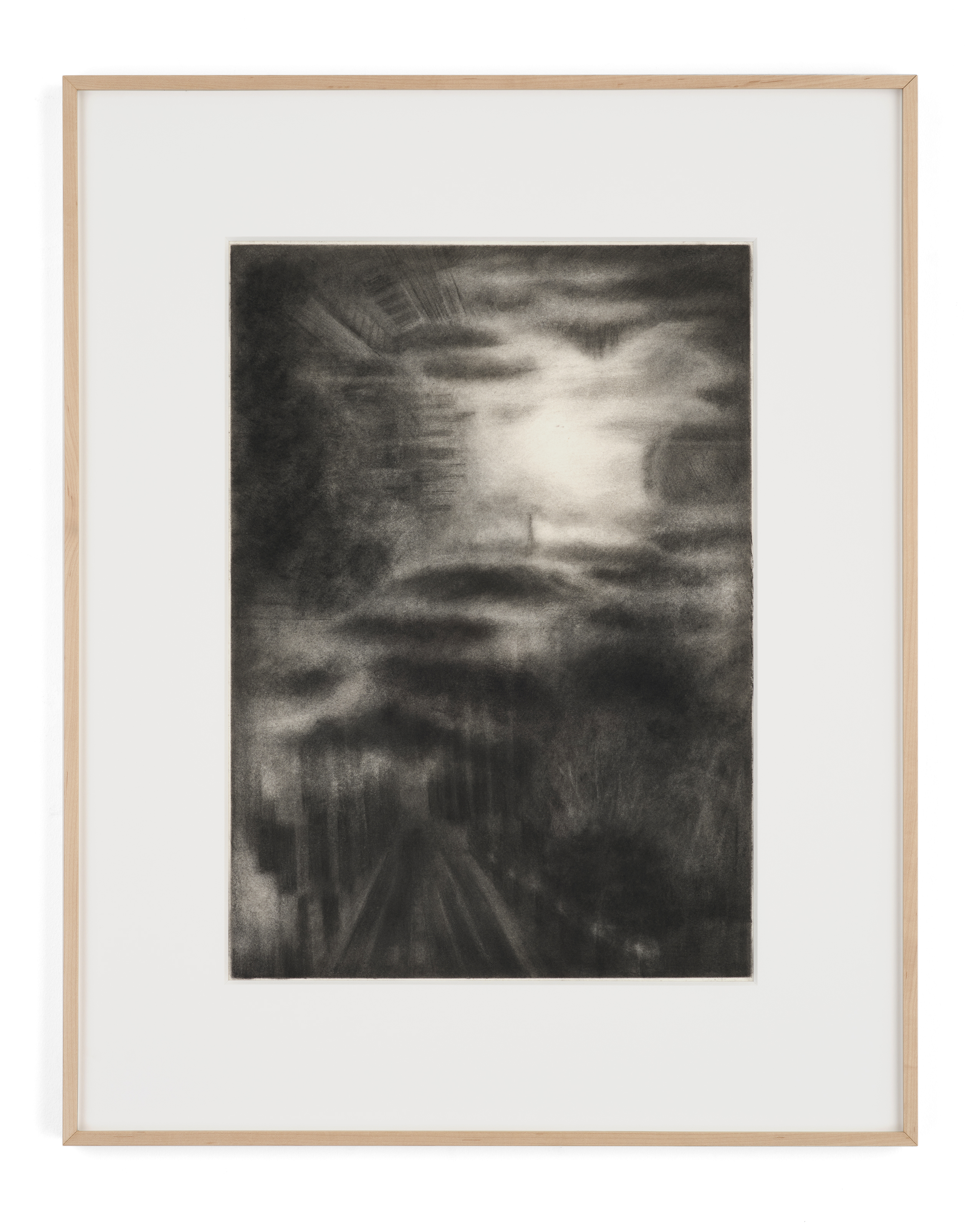
Sze Yuen
View From 6th Floor
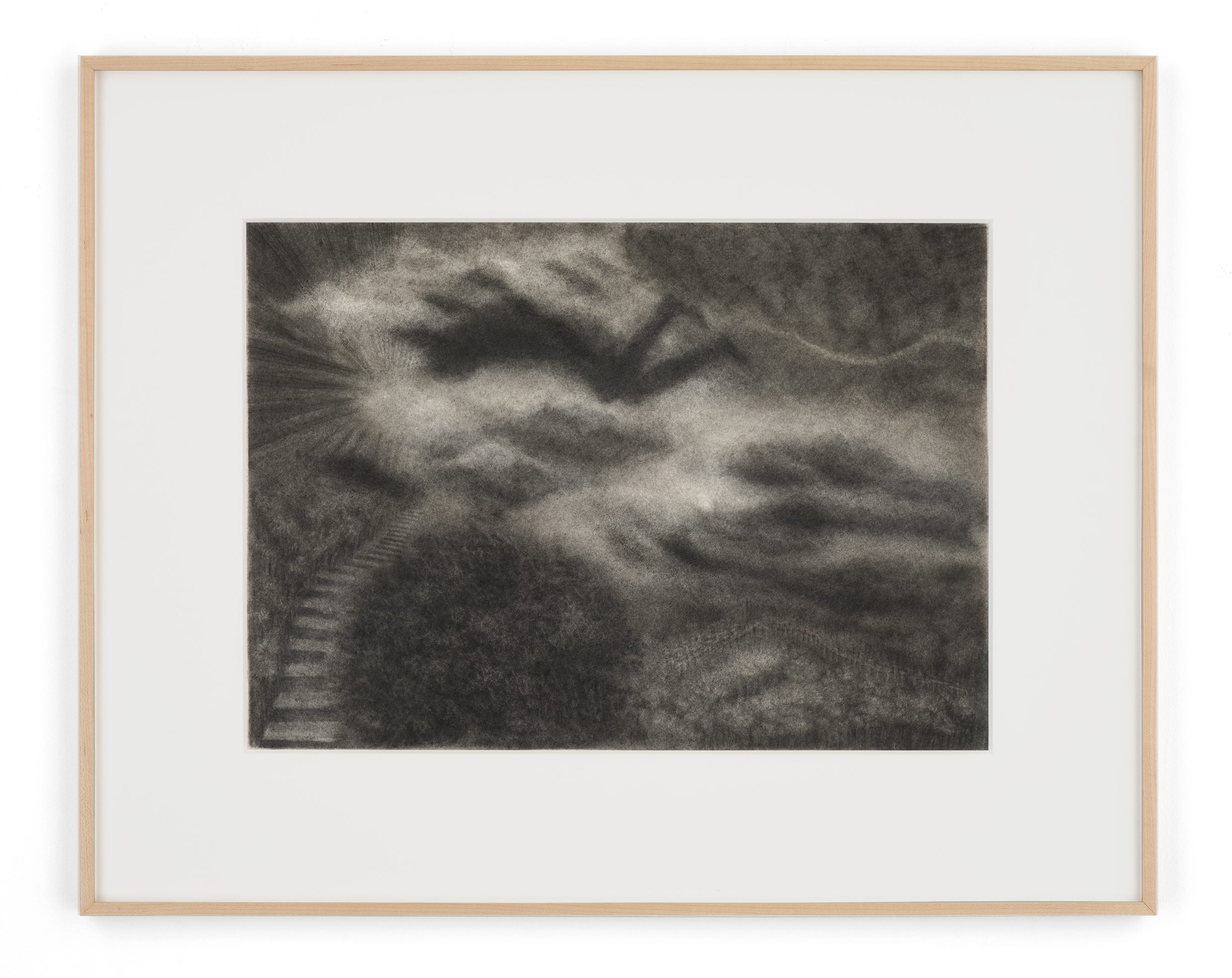
Sze Yuen
Wandering
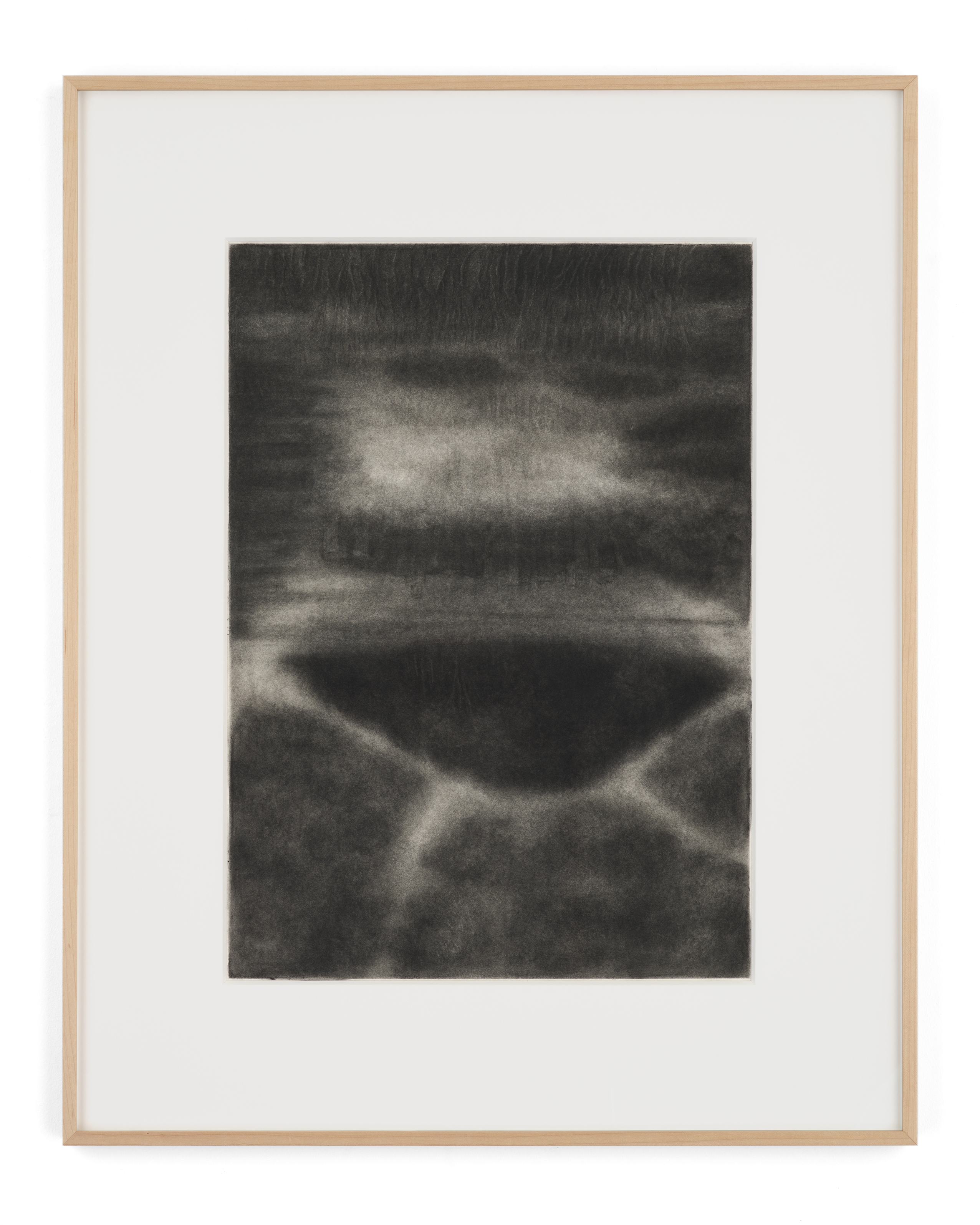
Sze Yuen
Life · Goes On
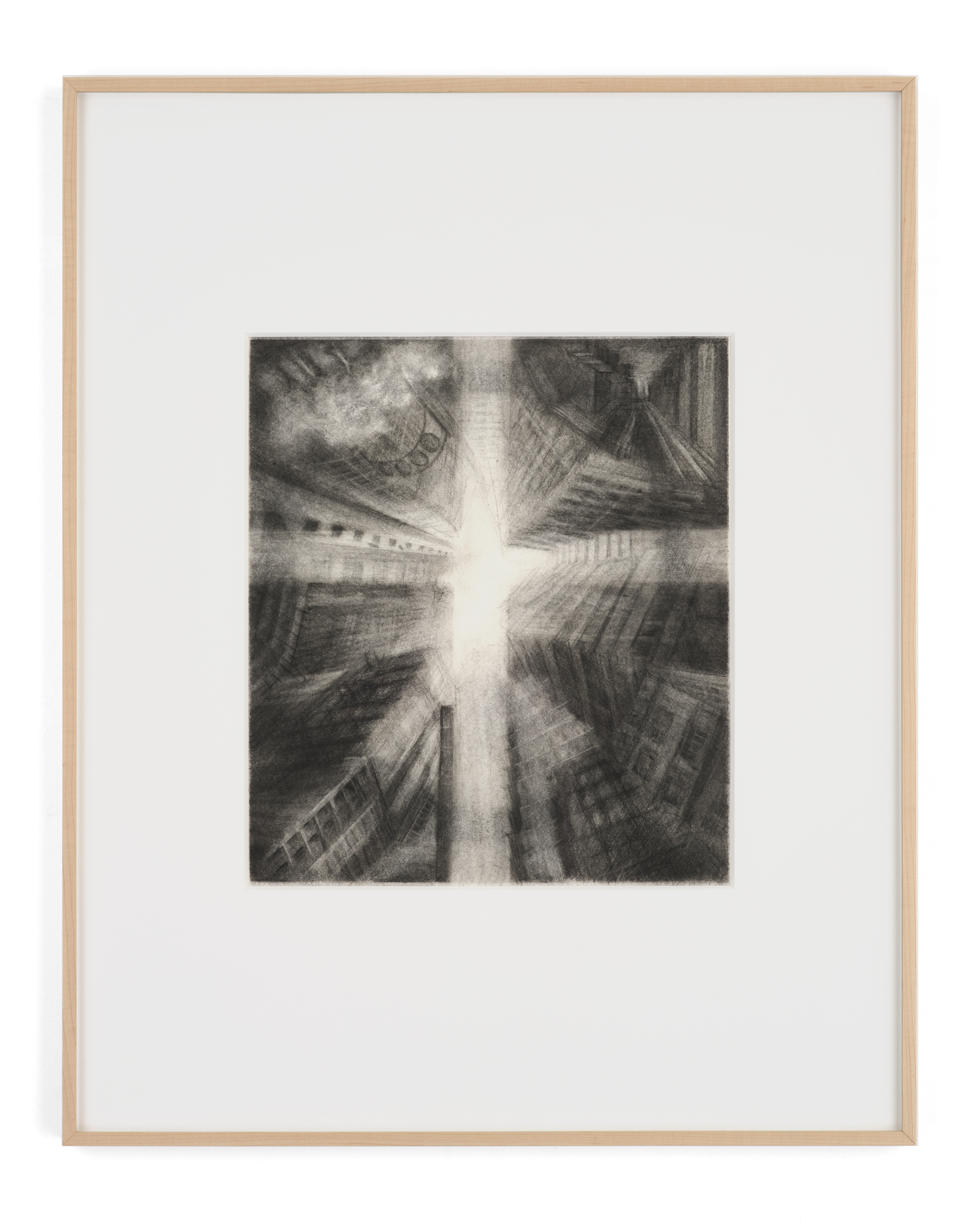
Sze Yuen
To Kwa Wan Skyscape
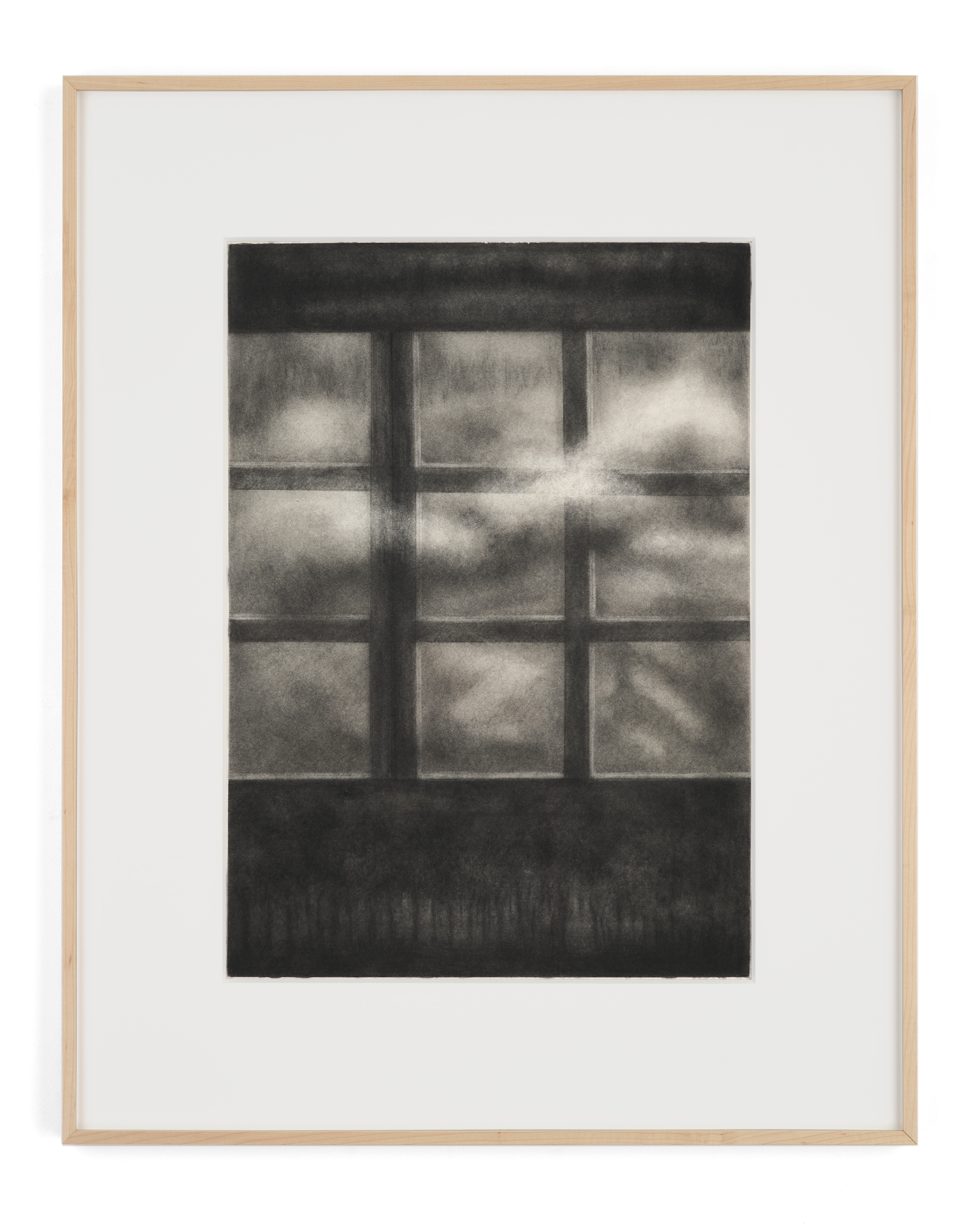
Sze Yuen
Glass

